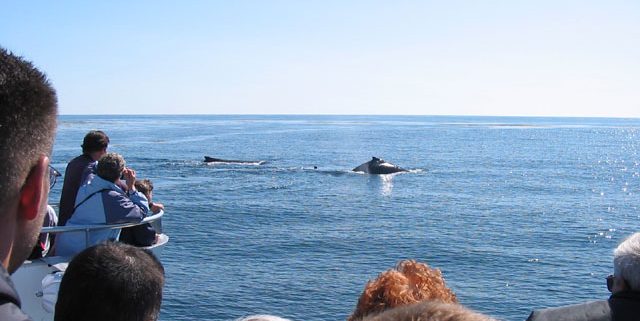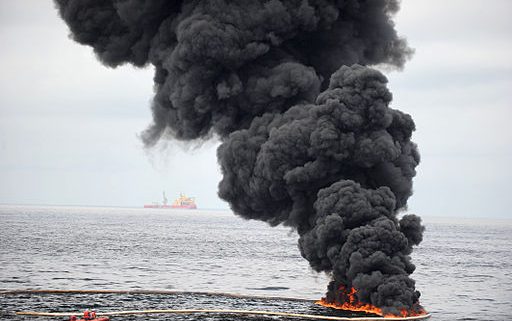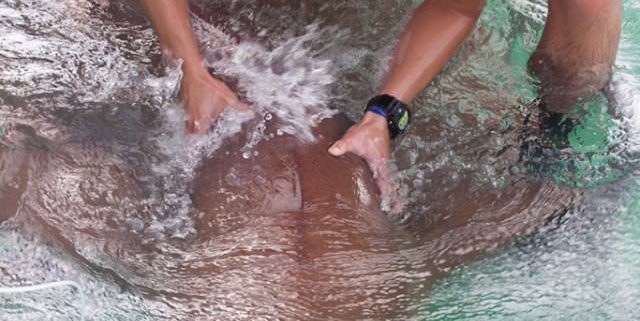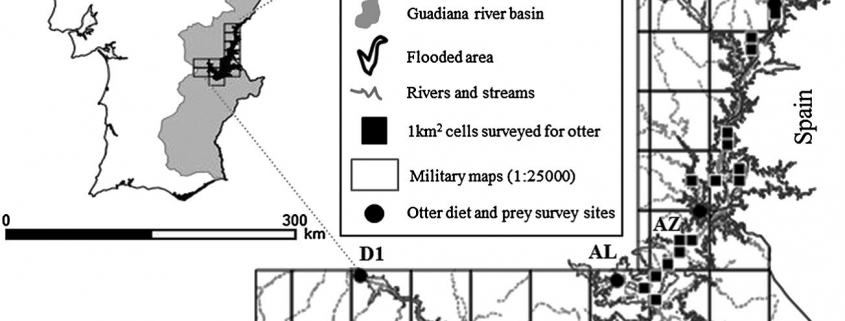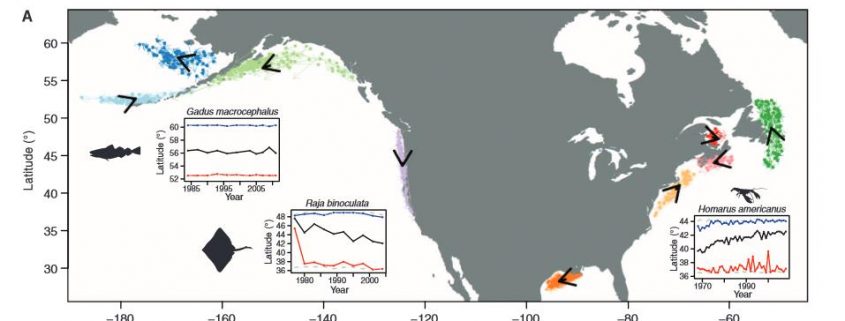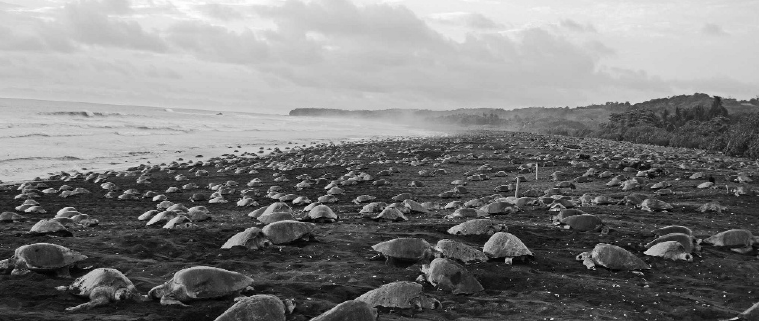The Good, The Bad and The Ugly: A comparison between Whaling and Whale Watching
by Pat Goebel, RJD Intern The profitability of a live whale compared to a dead whale has greatly increased over the last decade. Since the banning of commercial whaling, whale watching tourism has become a $2.1 billion dollar industry (Kuo 2011). As of 2008, 13 million people participated in whale watching in 119 countries, ranging from […]
A Review of Different Methods for Responding to an Oil Spill
by Jake Jerome, RJD Intern There is no debate that an oil spill is devastating to the marine environment. While many oppose the idea of drilling for oil in the ocean, the fact remains that it is currently happening and will continue into the future. Whether it be from direct drill sites in the ocean […]
Shark Tagging with Trinity Prep
by Jessica Wingar, RJD Intern It was raining on and off when I woke up on Saturday morning. However, this rain didn’t deter me from my excitement of heading to the Seaquarium for a great day of shark tagging. I went to pick up Kyra to drive over to Key Biscayne, and we kept talking […]
The Impact of Dam Construction on Otters in Southern Portugal
by Hanover Matz, RJD Intern Constructed between 1998 and 2003, the Alqueva Dam lies in south-eastern Portugal. Situated in the Guadiana River valley, construction of the dam flooded an area of 250 km2, creating the largest artificial lake in Europe. To determine the impact of this dam on the Eurasian otter (Lutra lutra), Pedroso et […]
Local Climate Velocities Drive Marine Species Shifts
by Jacob Jerome, RJD Intern It is well documented that our climate on Earth is changing and new evidence suggests that marine organisms are adapting. This alteration by marine species is often characterized by adjusting their home range (i.e. where they live). As our climate warms, you would expect marine species to move away from […]
Olive Ridley Arribadas
by Daniela Escontrela, RJD Intern Olive Ridley sea turtles, also known by their scientific name of Lepidochelys Olivacea, are as their name suggests an olive color. They have a heart shaped carapace (or top shell) and have either one or two claws on their flippers. These turtles tend to reach sexual maturity around 15 years […]

